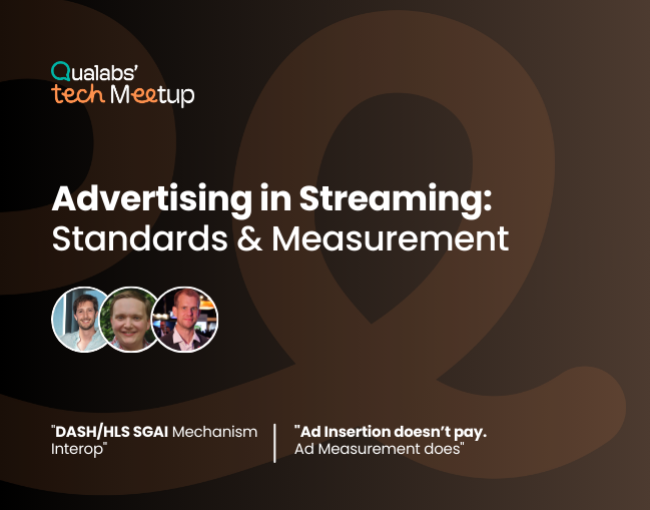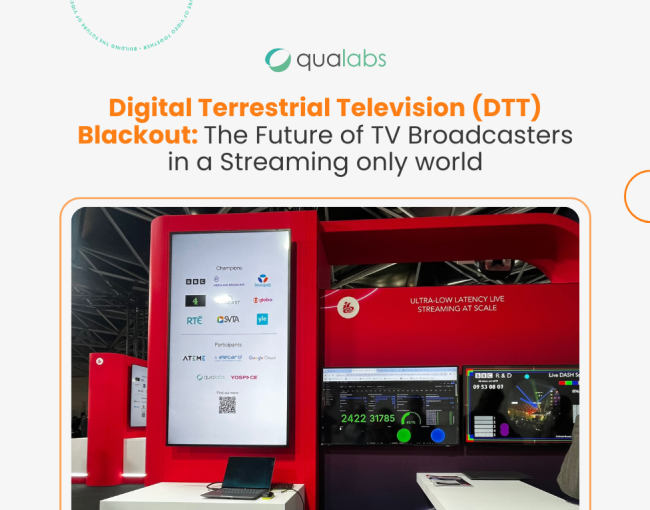From SSAI to SGAI: Building better Ad Experiences
David Hassoun and Ben Rolling led the conversation on evolving from SSAI to SGAI. The journey included technical hurdles, a demo using RE-Streamer, and lessons from testing HLS streams with both SGAI and SSAI tags.
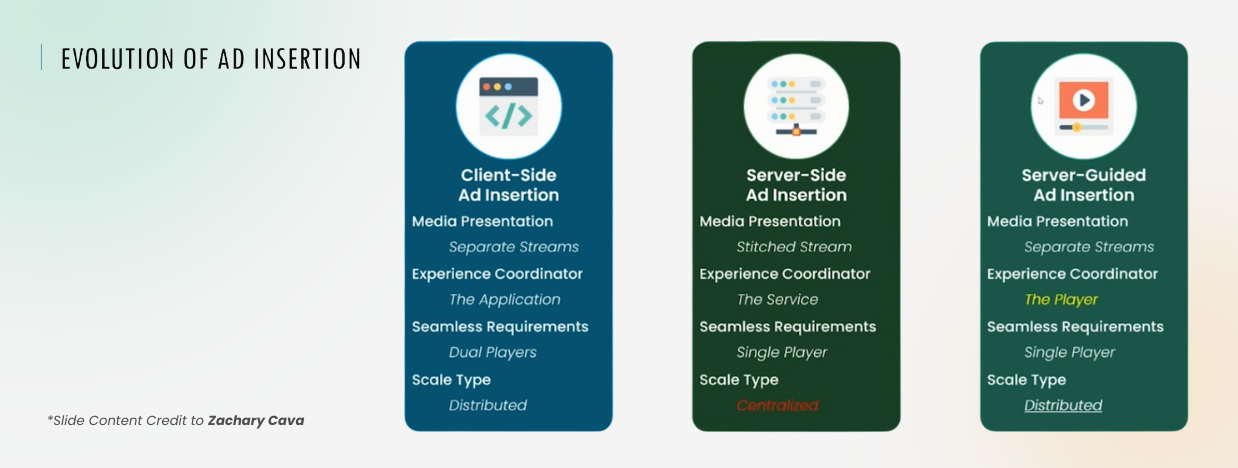
They walked us through the evolution: from client-side ad insertion with dual players and playback glitches, to SSAI's centralized approach with its simplicity—but lack of personalization—and finally, to SGAI’s distributed, flexible architecture.
"The real shift with SGAI is putting decision-making back in the hands of the client without sacrificing scale."
With RE-Streamer (a HLS VOD2Live with SGAI insertion proof-of-concept), they created an on-demand live streaming setup capable of signaling both SSAI and SGAI flows simultaneously. The demo included real content and real ads, stitched with precise segment alignment. Ben even highlighted how client devices that weren’t SGAI-aware could default to SSAI, ensuring maximum compatibility.
They also shared tips for handling ad breaks: how to manage DVR windows, apply date range tags with updated IDs, and trigger mid-break exits using playout_limit or override behavior—especially valuable for breaking news scenarios or emergency cutbacks.
Example use cases:
- Gradual migration from SSAI to SGAI without breaking legacy players
- Live content override during ad breaks (e.g., for breaking news)
- Segment-level control for personalized ad delivery
- Supporting both ad models in a single HLS/DASH stream
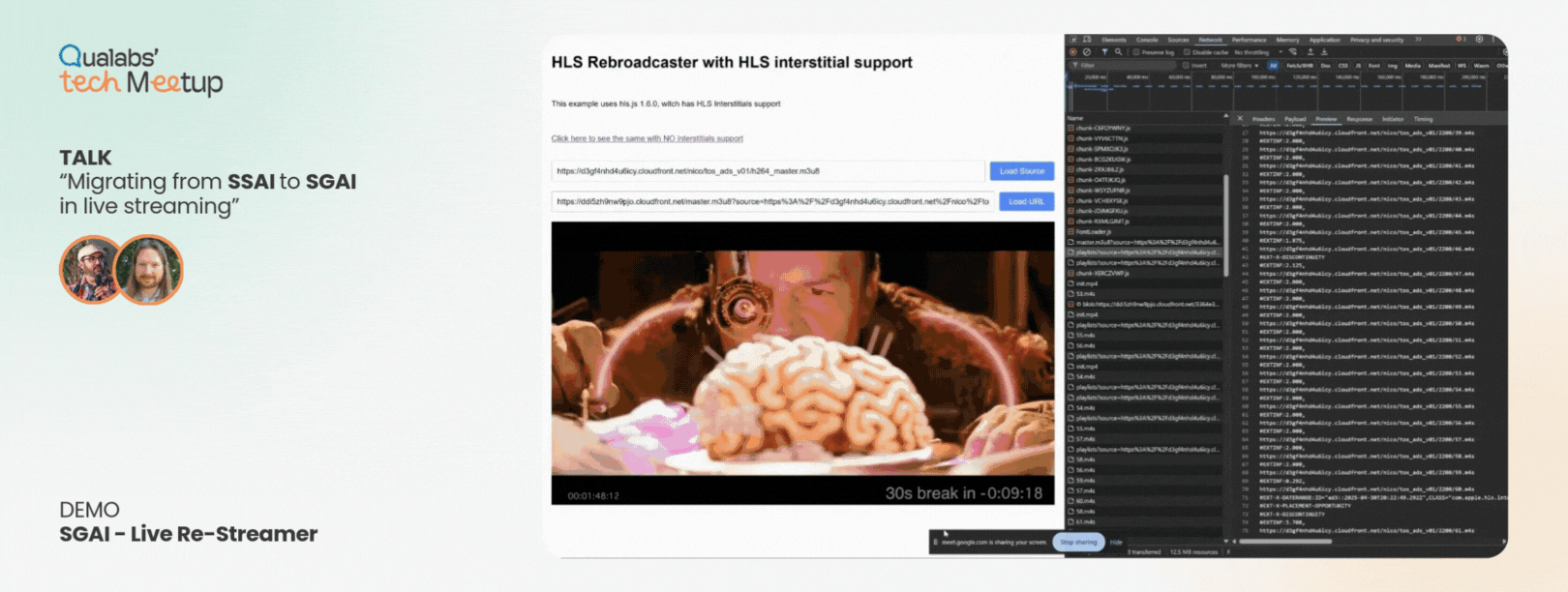
| Quick Recap
What Is CMCD v1?
Before jumping into CMCD v2, Nicolás Levy provided a fast refresher on CMCD v1:
- CMCD v1 sends playback metadata (bitrate, session ID, buffer size, etc.) from the player to the CDN.
- It uses headers or query parameters with each segment request.
- Supported by major players like Shaka, ExoPlayer, AVPlayer.
- Goal: enhance CDN performance and decision-making.
.png)
CMCD v2: More than just Metadata
CMCD v2 turns client-side reporting into a full telemetry system—and it's quickly becoming one of the most relevant standards for the future of video delivery. While CMCD v1 laid the foundation for playback data visibility, version 2 unlocks strategic capabilities for engineering, business, and operations teams alike.
It introduces three powerful modes:
- Request Mode (same as v1)
- Response Mode (after receiving content from CDN)
- Event Mode (tiggered by player events, timers and user actions)
These modes allow teams to monitor, react, and optimize in real time—without being tied to the limitations of CDN logs or client-native debugging tools. And because they operate independently, CMCD v2 supports a multi-endpoint telemetry layer across your entire client base.
During the talk, Nicolás Levy explained how CMCD v2 was designed with simplicity, privacy, and flexibility in mind. With new keys like ps (player state), url , ttfb (tiem to first byte), and e (event), the spec supports everything from QoE diagnostics to real-time business logic.
He also highlighted support for batching via JSON arrays, multiple simultaneous targets, and dynamic configuration per key—allowing use cases to scale across mobile, web, and connected TV with minimal impact.
And perhaps most impactful was his suggestion to treat CMCD v2 as a universal interface layer between players and any service that needs playback-related data. From A/B testing CDN behavior to building watch party sync plugins or performing content steering, CMCD v2 provides the hooks.
This means smarter observability, cheaper analytics infrastructure, and scalable insights across device types, regions, and delivery chains. It’s not just an evolution—it’s a strategic unlock.
- Real-time error logging across all devices using event mode
- Unified ad impression tracking using event mode
- Multi-CDN performance dashboards using response mode
- Playback behavior analytics (buffering, seek, pause detection) using event mode
- Building synced watch parties using custom keys and custom responses with event mode
Qualabs driving CMCD v2
Qualabs has started to build implementations of CMCD v2 into key open-source web video players and libraries such as dash.js, Shaka Player, hls.js, and the SVTA Common Media Library. This project is crucial for the rapid adoption of the new version of CMCD, and these implementations will be available very shortly after CMCD v2 is officially published in mid-2025.
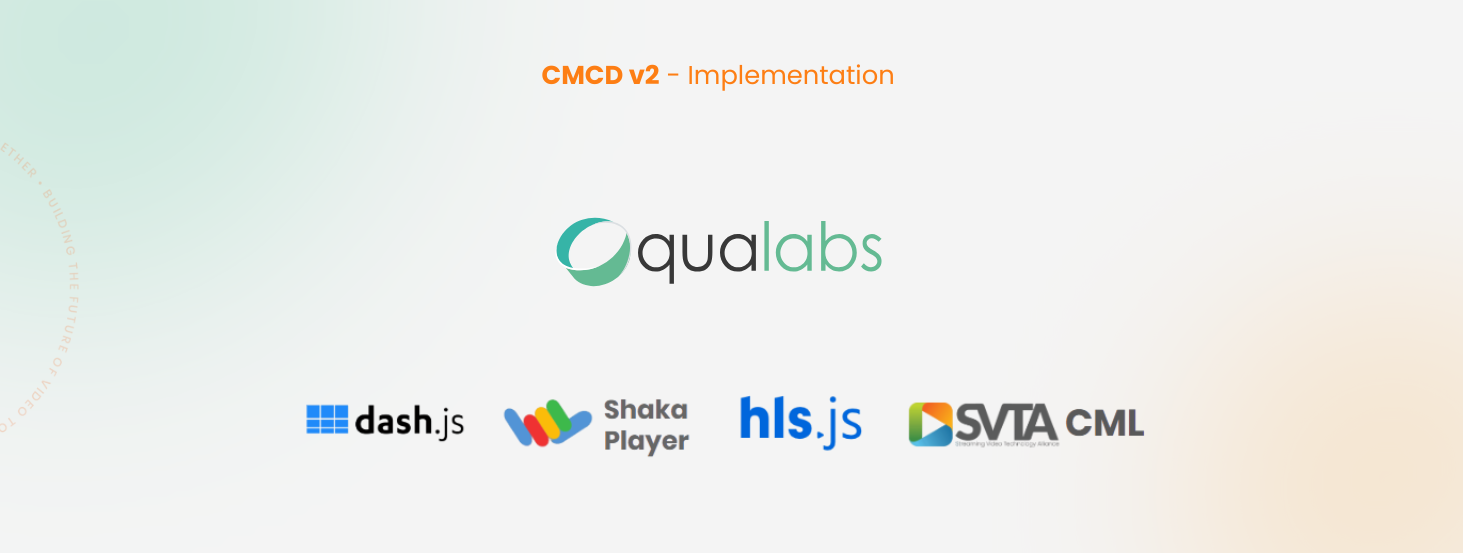
Final Thoughts
Between David and Ben’s SGAI in live content demo and Nicolás' breakdown of CMCD v2, this session offered a clear picture of how streaming infrastructure is evolving.
SGAI is ready for production, and CMCD v2 is more than just a spec—it's a strategic foundation for smarter, leaner video delivery.




